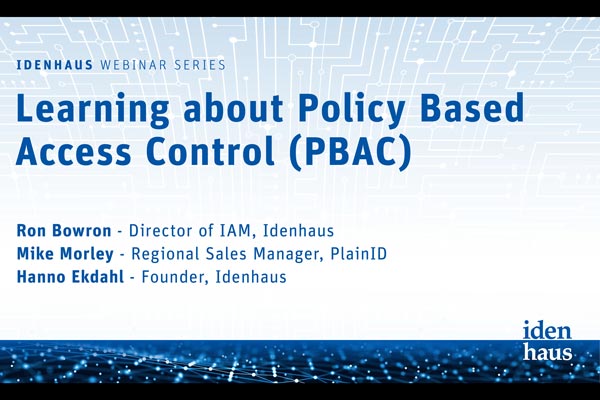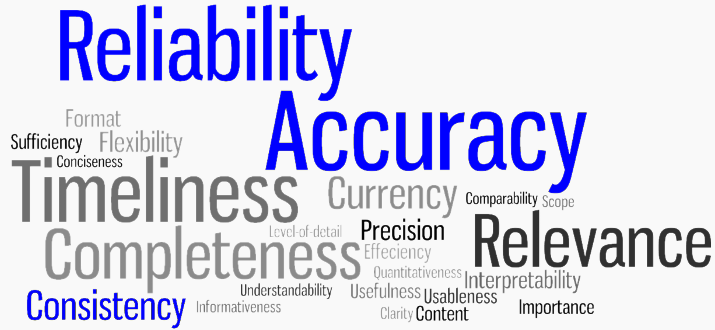Learning about Policy Based Access Control
Policy Based Access Control (PBAC) uses digital policies comprised of logical rules to maintain and evaluate user access dynamically. As organizations embrace digital transformation and adopt Cloud-based services, access control models grow in importance to protect the firm’s intellectual property. Role Based Access Control has been a key component of most organization’s access management strategy; […]
Learning about Policy Based Access Control Read More »







